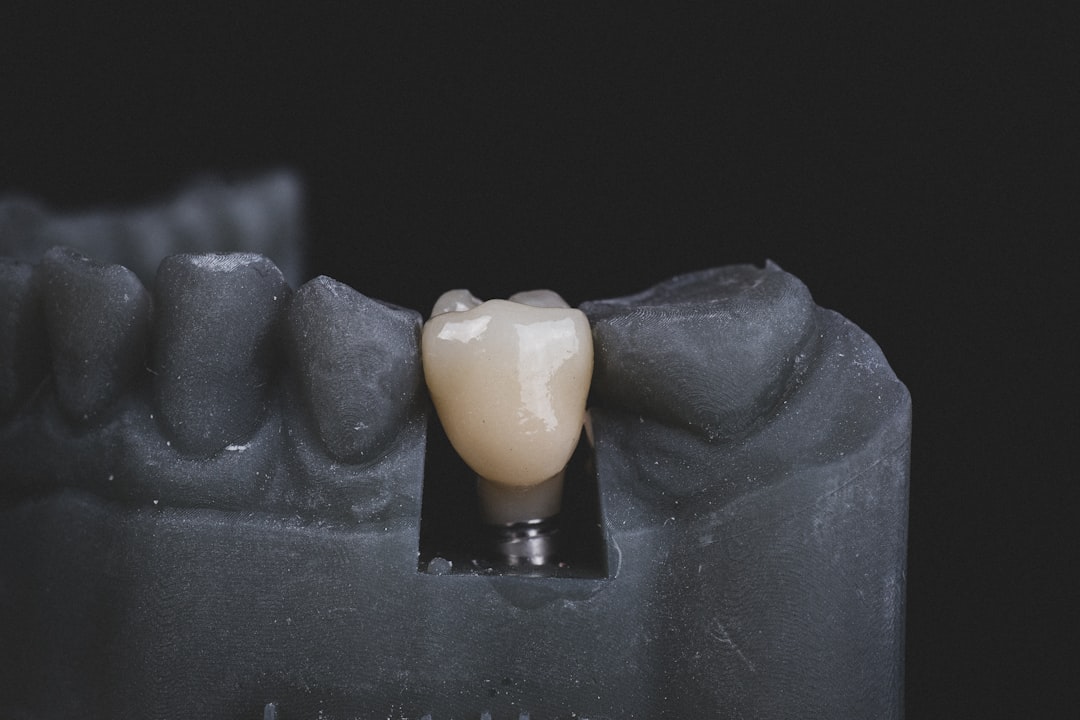What is it about?
A major tumor suppressor p53 plays essential roles in the uterus during pregnancy as well as carcinogenesis. Mouse double minute 2 homolog (Mdm2) is a well-known negative regulator of p53, and Mdm2 deletion leads to heightened levels of p53. Pathophysiological functions of p53 and its negative regulator Mdm2 in ovarian granulosa cells remain to be elucidated, and the current study aimed at clarifying this issue. Mice with Mdm2 deficiency in ovarian granulosa cells (Mdm2-loxP/Pgr-Cre mice) were infertile due to impairment of oocyte maturation, ovulation and fertilization, and those with Mdm2/p53 double deletion in granulosa cells (Mdm2-loxP/p53-loxP/Pgr-Cre mice) showed normal fertility, suggesting p53 induction in the ovarian granulosa cells is detrimental to ovarian function by disturbing of oocyte quality. Another model of Mdm2 deletion in ovarian granulosa cells (Mdm2-loxP/Amhr2-Cre mice) also showed subfertility due to the failure of ovulation and fertilization, indicating critical roles of ovarian Mdm2 in ovulation and fertilization. We also revealed that Mdm2-p53 pathway in cumulus granulosa cells transcriptionally controlled an orphan nuclear receptor steroidogenic factor 1 (SF1), a key regulator of ovarian function. Importantly, MDM2 and SF1 levels in human cumulus granulosa cells were positively associated with the outcome of oocyte maturation and fertilization in patients undergoing infertility treatment. Taken together, Mdm2-p53-SF1 axis in ovarian cumulus granulosa cells directs ovarian function by affecting their neighboring oocyte quality. These findings are clinically useful for understanding of human infertility, since the conditions of heightened p53 induced by smoking, obesity and aging are linked to the disruption of ovarian function.
Featured Image
Read the Original
This page is a summary of: Mdm2-p53-SF1 pathway in ovarian granulosa cells directs ovulation and fertilization by conditioning oocyte quality, The FASEB Journal, February 2019, Federation of American Societies For Experimental Biology (FASEB),
DOI: 10.1096/fj.201801401r.
You can read the full text:
Contributors
The following have contributed to this page










